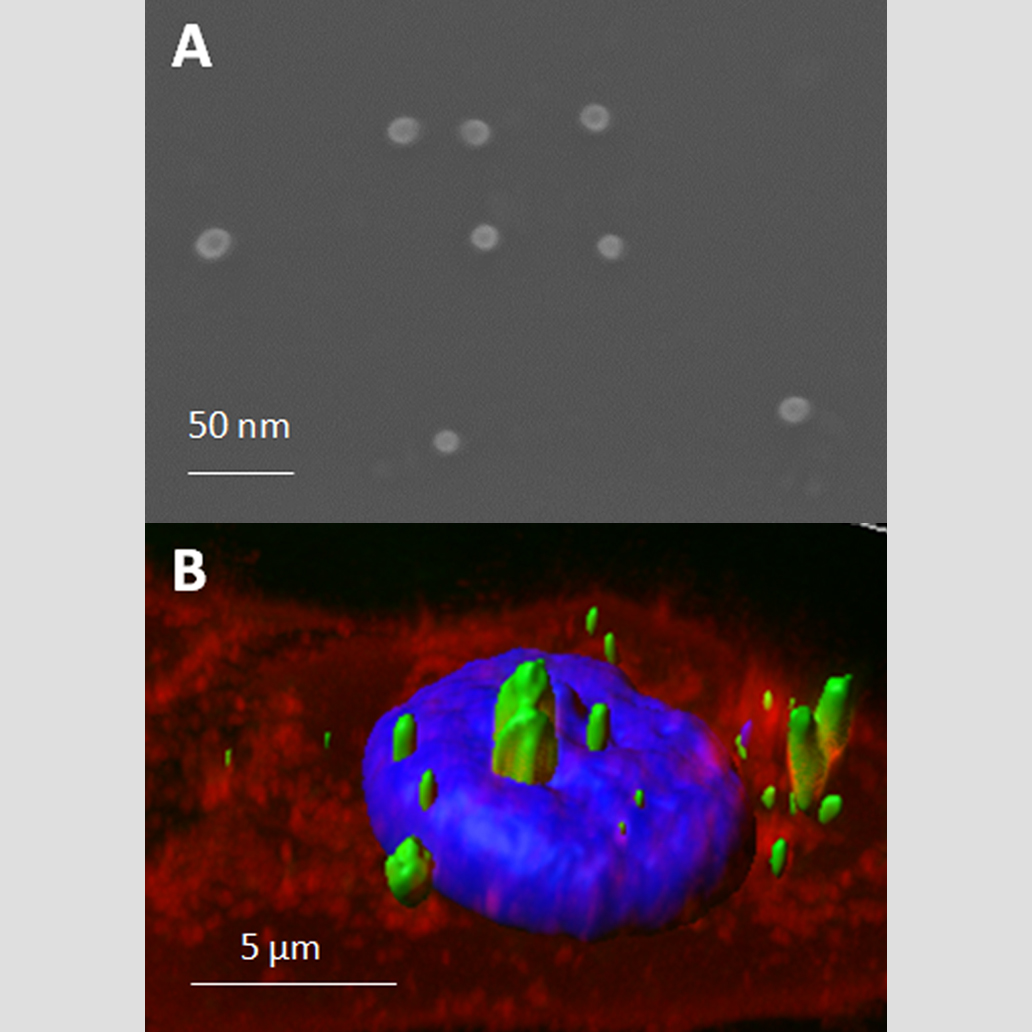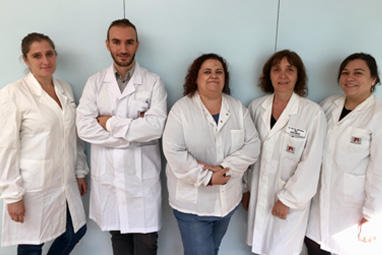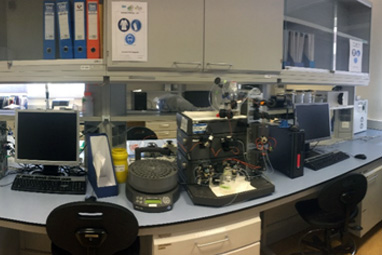Scientific Leaders of the project: Neus Ferrer Miralles, PhD. Coordinator of the project: Paolo Saccardo, PhD. Engineered multifunctional proteins are generally easy to produce and purify allowing an easy and time saving screening of different protein building blocks for a wide range of applicability. Inclusion bodies Services involved: Standar services Some examples are described in the following publications: 1: Release of targeted protein nanoparticles from functionalbacterial amyloids: A death star-like approach. Unzueta U, Cespedes MV, Sala R, Alamo P, Sánchez-Chardi A, Pesarrodona M, Sánchez-García L, Cano-Garrido O, Villaverde A, Vázquez E, Mangues R,Seras-Franzoso J. J Control Release. 2018 Apr8;279:29-39. doi: 10.1016/j.jconrel.2018.04.004. [Epub ahead of print] PubMed PMID: 29641987. Protein nanoparticles are nontoxic, tuneable cell stressors: de PinhoFavaro MT, Sánchez-García L, Sánchez-Chardi A, Roldán M, Unzueta U, Serna N, Cano-Garrido O, Azzoni AR, Ferrer-Miralles N, Villaverde A, Vázquez E..Nanomedicine (Lond). 2018 Feb;13(3):255-268. doi: 10.2217/nnm-2017-0294. Epub 2018 Jan 17. PubMed Intracellular trafficking of a dynein-based nanoparticle designed for gene Self-assembling toxin-based nanoparticles as self-delivered antitumoral drugs.Sánchez-García L, Serna N, Álamo P, Sala R, Céspedes MV, Roldan M, Sánchez-Chardi A, Unzueta U, Casanova I, Mangues R, Vázquez E, Villaverde A. J Control Release. 2018 Mar 28;274:81-92. doi: 10.1016/j.jconrel.2018.01.031. Epub 2018 Jan 31. PubMed PMID: 29408658. Engineering multifunctional protein nanoparticles by in vitro disassembling and reassembling of heterologous building blocksUnzueta U, Serna N, Sánchez-García L, Roldán M, Sánchez-Chardi A, Mangues R,Villaverde A, Vázquez E.Nanotechnology. 2017 Dec 15;28(50):505102. doi: 10.1088/1361-6528/aa963e. PubMed PMID: 29072576. Unit 1 Protein Production Platform Team. From the left:Dr. Mercedes Marquez,Technician; Dr. Paolo Saccardo,Technical coordinator;Rosa Mendoza, Technician; Dr. Neus Ferrer Miralles, Director/Scientific Coordinator; Dr. Ana ZuleimaObando,Technician. Unit 1 Protein Production Platform facilities.Purification room with two FPLC AKTA systems.

Industrial problem/gap covered
Advance in the life quality of patients is an essential purpose for biotechnology and nanomedicine. The development of highly tunable biomaterials suitable for therapeutic purposes perfectly matches the activity of the NANBIOSIS unit 1 PPP. In fact, recombinant proteins can be engineered to be used as effective, safe, non-invasive and cell selective nanomaterial in new therapeutic treatments. Protein-only nanostructures, either in soluble or Inclusion bodies form, have being successfully used both in human and animal health models, showing the highly potential and versatility of these nanomaterials.
Description
Soluble protein nanoparticles
The use of recombinant proteins to form nanostructures have generated high expectations because their potential applicability, especially in targeted drug and nucleic acid delivery. In this context, a novel tunable platform of multifunctional soluble proteins, engineered to spontaneously self-assemble into nanostructures, has been shown to be an excellent model for newly therapeutic approaches.
Insoluble protein aggregates, also known as Inclusion Bodies,long considered a discard product of recombinant protein production, are now being rediscovered for they application in animal and human health mainly for tissue regenerative processes. IBs in fact are non-soluble protein aggregates formed by active proteins which can be released from the IBs aggregates. These materials can be used both for decorating plastic supports in contact with cells, stimulating a cell response depending of the nature of the protein, or can be directly locally injected, providing a sustained release of active therapeutic protein, as has been described for protein hormones accumulated in secretory granules of theen docrine system.
Once again, IBs are easy to produce, cost effective and almost every protein can be produce in this form.
Projects are carried out essentially by U1 (PPP).Depending of the nature of the proteins, their purifications and characterization can be developed in collaboration with U2 (cAbS).
Protein nanoparticles effectiveness and toxicity can be tested in collaboration of U18 (Nanotoxicology) and experiments in vivo can be performed by U20 (In Vivo Experimental).
These platforms are currently collaborating with U1 (PPP) on projects of this type.
PMID: 29338574.
delivery. Favaro MTP, Unzueta U, de Cabo M, Villaverde A, Ferrer-Miralles N, Azzoni AR.
Eur J Pharm Sci. 2018 Jan 15;112:71-78. doi:10.1016/j.ejps.2017.11.002. Epub 2017 Nov 4. PubMed PMID: 29113920.
